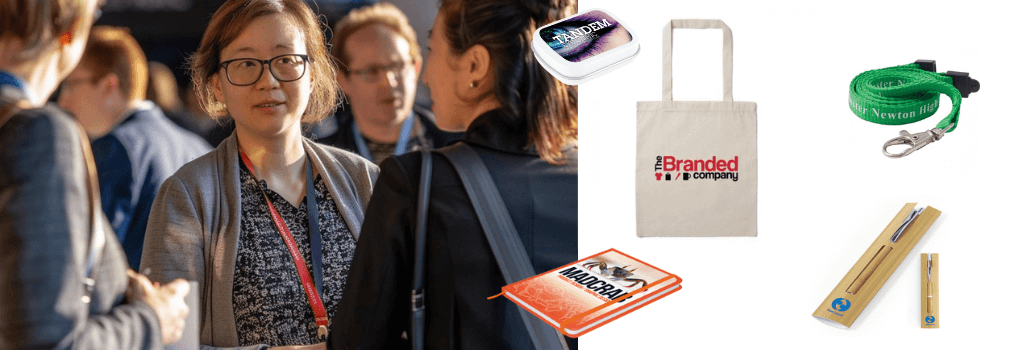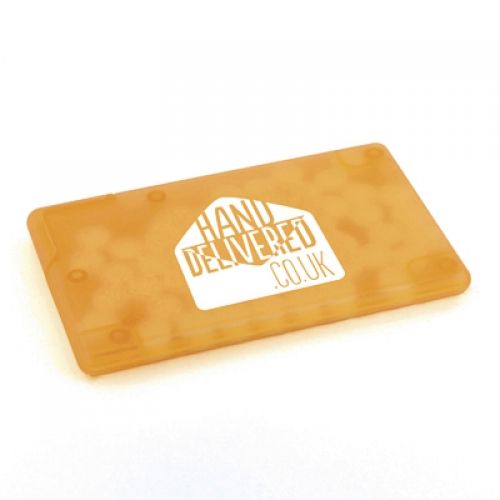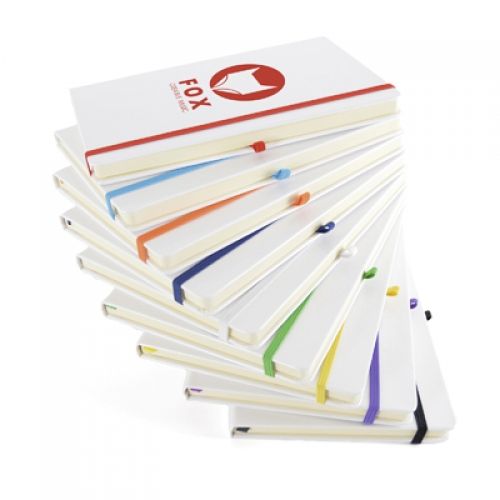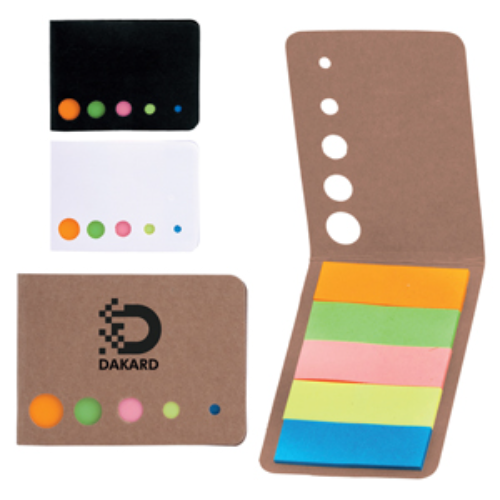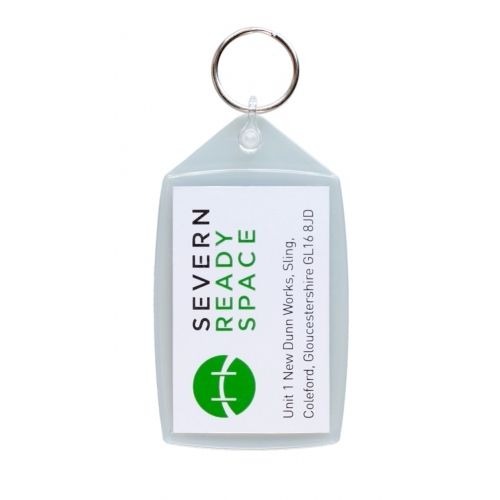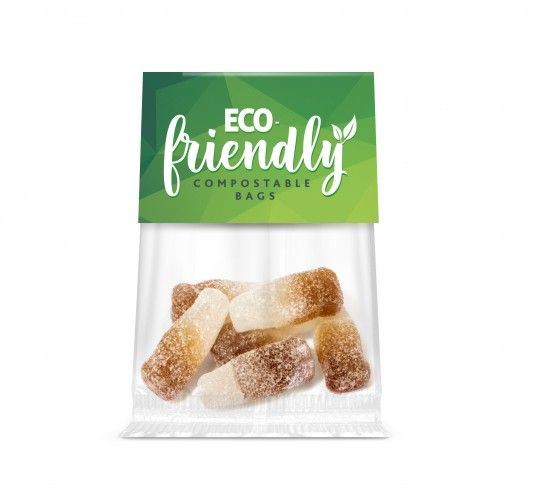- Home
- Express
- All Offers
- Best Sellers
- Best Sellers
- Best Sellers
- Bags
- Shopping
- Travel & Business
- Drawstring & Backpacks
- Other Bags & Accessories
- Sports Bags
- Mugs & Bottles
- Mugs & Cups
- Tea,Coffee & Wine Sets
- Bottles & Flasks
- Other Drinkware
- Pens & Writing
- Pens
- Writing Accessories
- Unique Pens
- Pen Boxes
- Corporate Pens
- Pads & Paper
- Notebooks & Pads
- Sticky & Memos
- Diaries & Calenders
- Office
- Mouse mats & Coasters
- Desk Essentials
- Wallets & Portfolios
- Other Items
- Executive Desk Toys
- Clothing
- Casual & Workwear
- Accessories
- Sleepwear & Blankets
- Winterwear
- Other Clothing
- Events
- Lanyards & Wristbands
- Seasonal
- Stress Toys
- Event Accessories
- School & Education
- Gadgets
- Entertainment & Powerbanks
- Computer & Mobile Accessories
- Usb Items
- Other
- Outdoor
- Umbrellas
- Sports & games
- Travel Items
- Motoring Items
- Accessories
- Tools & Torches
- Keyrings & Carabiners
- Personal Care & accessories
- Games & Toys
- Magnets
- Sweets
- Branded Sweets
- Promotional Sweets
- Christmas
- Food
- More
- More Products
- PPE Equipment
- Sector
- Home
- Eco
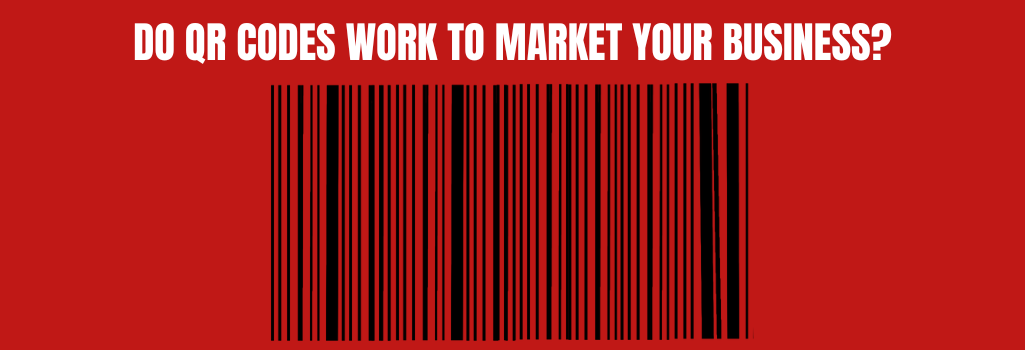
QR codes are an advancement in the digital age that has elevated the marketing industry.
Their ability to connect with others or drive people to a website quicker and more efficiently makes them a valuable tool for businesses when attending events or sharing marketing materials.
A Forbes report revealed that QR codes have the potential to increase customer engagement by 25%. So, if you have yet to explore them as an option for enhancing your marketing activities, you could be missing out on a game-changer.
However, if you need to learn how to use them well and make them work for your business, they can waste valuable time and might cause more harm than good.
How Do QR Codes Function As a Marketing Tool For Businesses?
QR codes have become an everyday encounter as we transition deeper into a technology-led society. You can scan them as vouchers when checking out in supermarkets or on restaurant tables to access the menu.
No matter the application, QR codes' main goal is to make our lives easier. They eliminate the need for paper vouchers or sticky physical menus and enable us to shop, browse, and engage through a device that we always have at the ready—our phone.
Their cost-effectiveness and convenience also make them a versatile marketing tool for businesses, which is why they continue to grow in popularity.
Scanning QR Codes Is Convenient For Users
A recent study by QR Tiger revealed that 47.68% of QR code users use URL QR codes. This is when a QR code is linked to a landing page, so anyone who scans the code on their phone is taken to a specific landing page. No longer do your customers need to type out a lengthy URL or make a note of it so they can visit it more conveniently.
You can read the entire report here
This is useful in many instances. When running a contest at an event, you can send attendees directly to the application page. Alternatively, if you want to provide more information about a product or service because you have limited space in your brochure, you can add a code that takes people to the relevant landing page.
Are there any benefits of using QR codes compared to traditional marketing methods?
Traditional marketing methods require manual searching or typing URLs, which has many obvious drawbacks.
With QR codes, the speed at which you can send people to a landing page, video, or piece of information creates an efficient and more appealing customer experience. This, in turn, can increase customer engagement and drive conversions.
Get Creative With Your QR Codes
QR codes are also cost-effective, easy to implement and give businesses more scope for creativity. For example, you can design a bold QR code that aligns with your branding and attracts the attention of passers-by at an exhibition. The QR code can then send people to a survey, video, or other interactive landing page for them to engage with.
It's far more difficult to create the same visual appeal and speedy interaction with a URL.
What types of businesses or industries are best suited for incorporating QR codes into their marketing strategies?
The versatility of QR codes means that they are well-suited for most businesses that want to strengthen their marketing strategies. However, retail, event management and hospitality are the industries that have witnessed the most growth in QR code usage over recent years.
They work brilliantly in retail settings as shops and supermarkets can send their customers QR codes to get discounts on items at the checkout or print them onto store displays to encourage customers to sign up for mailing lists. This enhances the shopping experience and drives people online which can be difficult for many physical stores to do.
The Use Of QR Codes In The Events Industry Continues To Grow
QR codes can make events more efficient and easiest to manage. Event organisers can use a QR code and scanner system for registration and ticketing which makes the event run a lot more smoothly, improving the experience for everyone involved.
Furthermore, as previously mentioned, QR codes are now often printed onto tables at bars and restaurants or key cards at hotels. These can then be scanned by customers so that they can access menus and digital brochures. This removes the need for physical materials - making QR codes a more sustainable route - and eradicates the frustrations of having to share two menus between six people or not having it to hand when placing your order at the bar.
Are there any limitations or drawbacks to using QR codes as part of a business's marketing strategy?
The appeal of QR codes is understandable, yet it is important to be aware of the limitations and drawbacks before making them a key part of your marketing strategy.
The most obvious consideration, mainly if you use QR codes at events or in your store, is whether WI-FI and a good connection are available. If not, your code becomes useless and could lead to frustration, causing your business more harm than good.
You also shouldn't assume that everyone always has a phone to hand. Phone batteries aren't as long-lasting as they once were, and some event attendees may choose not to take a phone to remain focused on the task at hand. This means that QR codes should always be one of many options available if you want to allow everyone to engage with your business.
There is also no denying that QR codes are not the most attractive marketing tool. They tend to be quite plain and they usually all look the same which could do a disservice to your brand and your event display. When you spend a lot of time and money creating a beautiful and on-brand brochure, for example, placing an unappealing QR code in the centre of it can feel out of place.
There are ways around this, though, which we will explore below.
What strategies can businesses implement to encourage consumers to scan QR codes and engage with their content?
In order to overcome these limitations, there are some strategies that businesses can implement to incentivise and engage consumers. The first is to make their QR code more attractive.
With the growing popularity of these marketing tools, there are now platforms which enable you to make bespoke QR codes that will stand out and align with your brand. Y
ou can design QR codes in a certain shape and even add your brand colours, making them more enticing to customers and passers-by.
Your QR Code Needs A Unique Offer
It would help to consider the messaging accompanying the QR code. If consumers know that by simply scanning a code, they will gain something (e.g., a discount, special offer, or prize draw entry), they are far more likely to take action.
Finally, you should make the process as simple as possible. You can't assume that everyone will know what this weird-looking image is and how to interact with it. So, display clear instructions and ensure that the QR code is quite large to make it easier for the phone to scan.
How do QR codes integrate with promotional products or marketing materials, such as printed merchandise or custom clothing?
QR codes work in most settings and on most marketing materials. The only requirement is a flat surface to ensure that the QR code can be printed correctly and is easy to scan.
You can print QR codes onto promotional products you plan to distribute at an event and add them to event banners or company brochures.
They work well alongside a call-to-action such as 'sign up' or 'scan for offers'. This messaging incentivises people to take action, with the action itself being to scan a QR code.
Driving more awareness and interest in your brand.
Our Top 5 Event Promotional Giveaways For QR Code Printing
Want to do some further reading on the use of QR codes?, and if they can work for your business, here are some great articles;
From Marketingprofs
QR codes do's and don'ts for events
How QR codes increase engagement
Need Support Sourcing Your Event Promotional Giveaways in 2024?
Our team would be glad to help; we love to hear about your event challenges and audiences and suggest merchandise gifts to wow your delegates and bring a buzz to your brand.

Written By Dylan - Account Manager At The Branded Company
Tel: 0116 298 2555
Missed our special offers?
Don't delay, grab a bargain today.


The Branded Company - Unit E3, Leicester Business Centre, 111 Ross Walk, Leicester, LE4 5HH

